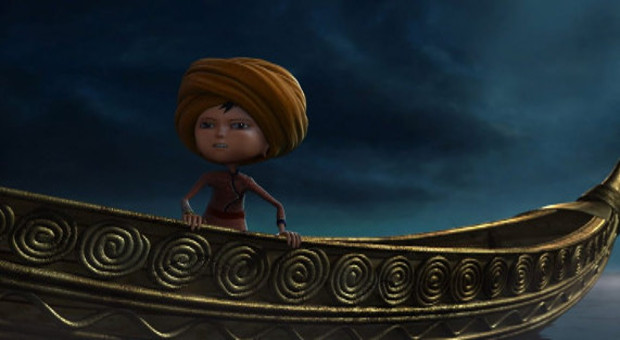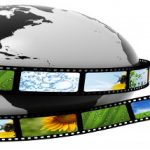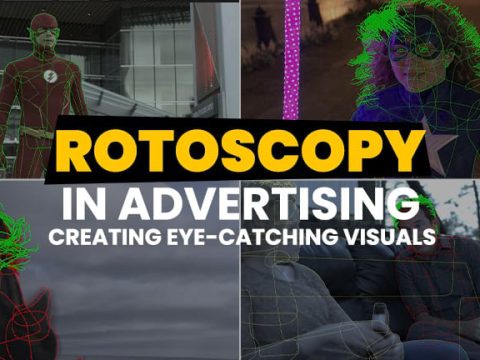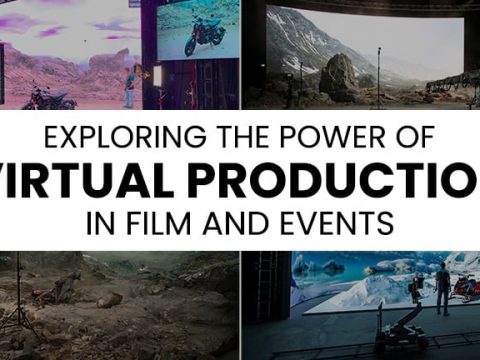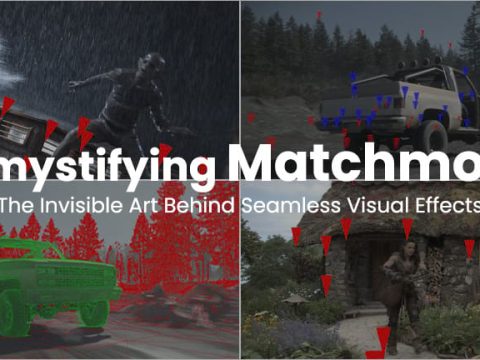Two scientists, a cloned-dino theme park, and that moment when they realize the long-extinct ferocious creatures they have been studying all their lives are alive and kicking and vying for their blood.
A tropical storm, two kids, and deadly dinos chasing them. Cornered in the park’s industrial kitchen, the kids must devise an escape plan or risk becoming dino food.
Who doesn’t remember Jurassic Park—a cult movie to beat them all, a film that made “nerds” remarkable? If it made the hair on your back stand and evoked a strong urge to call your mum, you have the VFX movie effects to thank.
Not only was the VFX movie one of the most impactful science-fiction flicks of our generation, but it was also among the flag-bearers using Computer-Generated Imagery (CGI) to create scary visual effects.
For those who may not know, visual effects in filmmaking refer to creating imagery outside the context of a live shot. Why are visual effects needed? Visual effects help create realistic environments when integrated into the live footage, but they may also be dangerous, expensive, impractical, or impossible to capture.
If you are having difficulty imagining it, think of Pi sharing space with a Bengal tiger on a lifeboat in Life of Pi or the adorable Mowgli having a friendly chat with a fierce black panther in the recently released The Jungle Book.
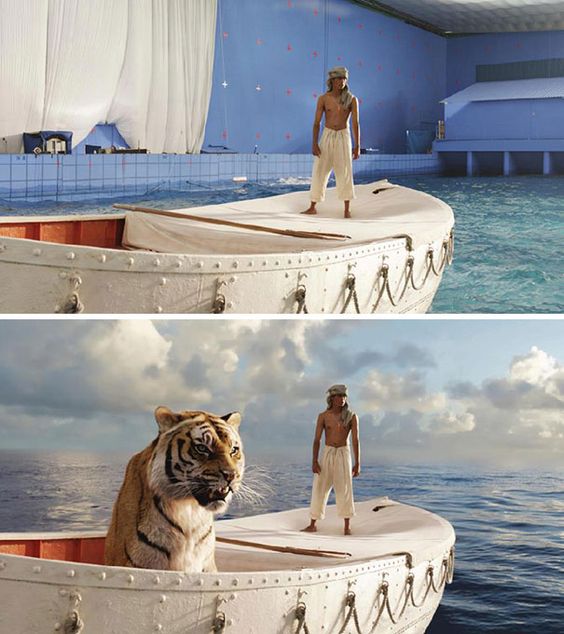
Source: pinterest.com

Source: youtube.com
Understanding VFX in Movies
VFX, short for Visual Effects, plays a significant role in modern filmmaking. It refers to the integration of computer-generated imagery (CGI) and other digital elements into live-action footage to create realistic or fantastical visuals that are challenging or impossible to achieve through practical means. Here are some key aspects to understand about VFX in movies:
What is VFX in Movies?
VFX in movies involves the use of various digital techniques, software, and tools to enhance or create visual elements that are added to live-action footage during post-production. These visual elements can include anything from realistic environments, creatures, explosions, supernatural effects, and more. VFX helps bring the director’s vision to life, adding depth, realism, and visual impact to the storytelling process.
History of VFX:
The history of VFX dates back to the early days of cinema, with pioneers experimenting with various techniques to create visual illusions on screen. However, the advent of digital technology in the late 20th century revolutionized the field. The introduction of computer-generated imagery (CGI) and advanced software allowed for more complex and realistic visual effects, paving the way for the modern VFX industry.
First Movie with VFX:
One of the earliest movies to feature groundbreaking VFX was “Star Wars: Episode IV – A New Hope” (1977), directed by George Lucas. The film showcased numerous visual effects created by Industrial Light & Magic (ILM), a pioneering VFX company co-founded by Lucas. These effects included spacecraft battles, lightsaber duels, and the creation of otherworldly environments. “Star Wars” set a new standard for visual effects and demonstrated the creative possibilities of VFX in VFX in movies.
VFX Full Form:
The full form of VFX is “Visual Effects.” It encompasses all the techniques and processes used to create or enhance visual elements in movies, including CGI, compositing, matte painting, motion tracking, matchmoving, rotoscoping, and more.
First VFX Movie in the World:
“Tron” (1982), directed by Steven Lisberger, is often considered one of the first movies to use computer-generated visual effects extensively. The film showcased a unique blend of live-action footage and CGI, creating a digital world inside a computer. “Tron” was a significant milestone in the evolution of VFX, demonstrating the potential of computer-generated imagery in storytelling.
LEARN WHY TOOLBOX STUDIO IS THE PREFERRED VFX OUTSOURCING PARTNER FOR HOLLYWOOD’S BEST
The history of VFX in Hollywood – When did it all start?
The first animated films were made in the early 1900s, featuring characters from popular comic strips. These films used the single-frame method, which involved images projected at a high volume of frames per second. Gertie the Dinosaur, created by sketch artist Winsor McCay in 1914, is believed to be the first successful animated short film.
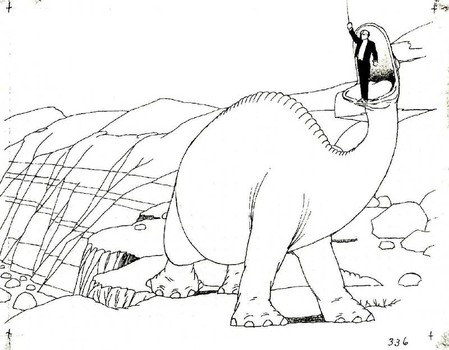
Source: en.wikipedia.org
In 1937, the first full-length animation film that used the single frame method was Walt Disney’s Snow White and the Seven Dwarfs.
Another early Hollywood VFX technique used was stop-motion photography, which involved a series of hand-drawn illustrations or photographs of realistic puppets or models manipulated one frame at a time to create the illusion of movement. King Kong, released in 1933, was among the pioneering movies that used this technique.

Source: craveonline.com
Miniature models were another Hollywood VFX technique used in the early 1900s, but they were taken to another level by the classic sci-fi franchises Star Wars and Star Trek. Hundreds of miniature models manipulated by some brilliant camerawork marked these films, which created an unprecedented fan base.
Superman, released in 1978, was another milestone in the special effects industry. The movie makers created the illusion of a flying superhero using cables, a blue screen, and some clever camera tricks.
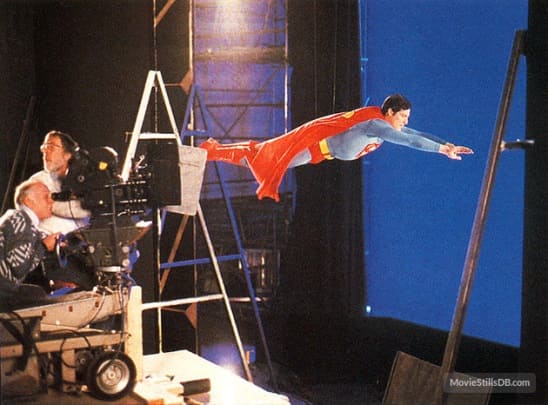
Source: moviestillsdb.com
Computers-aided graphics
By the 1990s, computer-generated imagery, or CGI, had become popular with Hollywood moviemakers and moviegoers. As mentioned earlier, Jurassic Park and Terminator 1 are considered the pioneers of CGI. The 1982 movie Tron created some of the film world’s first CGI.
Toy Story, released in 1995 and created by Pixar and Disney, was the first feature-length computer-animated movie.
Other milestone movies that broke new ground in special effects included The Matrix (bullet time), Lord of the Rings (motion capture), Avatar (motion capture and CGI), and Gravity (3D).

Some of the most successful and highest-grossing films recently have used visual effects as an essential component. Special effects have transformed many movies into mega, larger-than-life productions, leaving a lasting impression on the audience.
VFX adding value to films
Visual effects add value to movies. While Hollywood remains the mecca of special effects, filmmakers worldwide are now using VFX to enhance their movies. There’s a huge demand for special effects in the Chinese and Indian film industries.
Some recent hit films in China that have heavily used VFX include Zhong Kui: Snow Girl and the Dark Crystal, John Woo’s The Crossing, and the recently released Monster Hunt, which became the highest-grossing Chinese film of all time.
In India, the larger-than-life Bollywood films use an average of 500 to 1500 VFX shots. Films like Dhoom, Chennai Express, and the smash-hit Bahubali have recently used special effects to perfection.
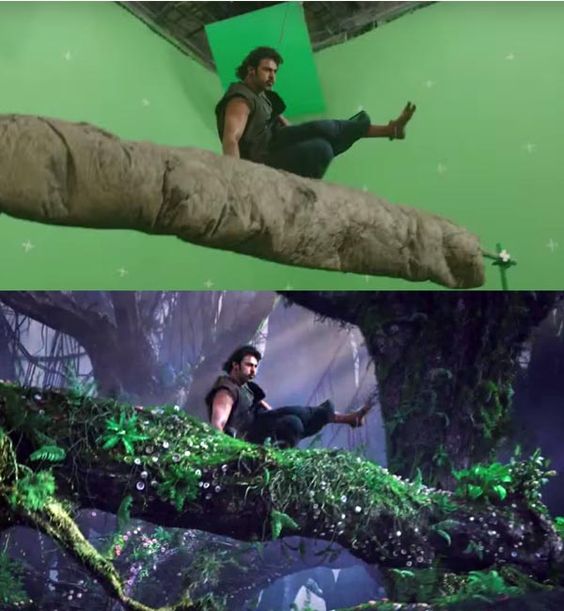
Source: pinterest.com
The growing popularity of visual effects in world cinema has spurred the demand for special effects companies like Toolbox Studio, which has been doing impressive work in the field. Our studio created the visual effects for the recently released UnIndian, which featured Australian cricketer Brett Lee as the protagonist.
One thing is clear: VFX in films is here to stay. Visual effects will keep getting bigger and better, which is good news for thrill-seeking fans and special effects studios worldwide!
View our portfolio to see the amazing VFX work we’ve been doing for our international clients, and contact us to learn about the range of sub-services we offer under the VFX domain!
EMBELLISH YOUR NEXT PROJECT WITH CUTTING-EDGE VISUAL EFFECTS



